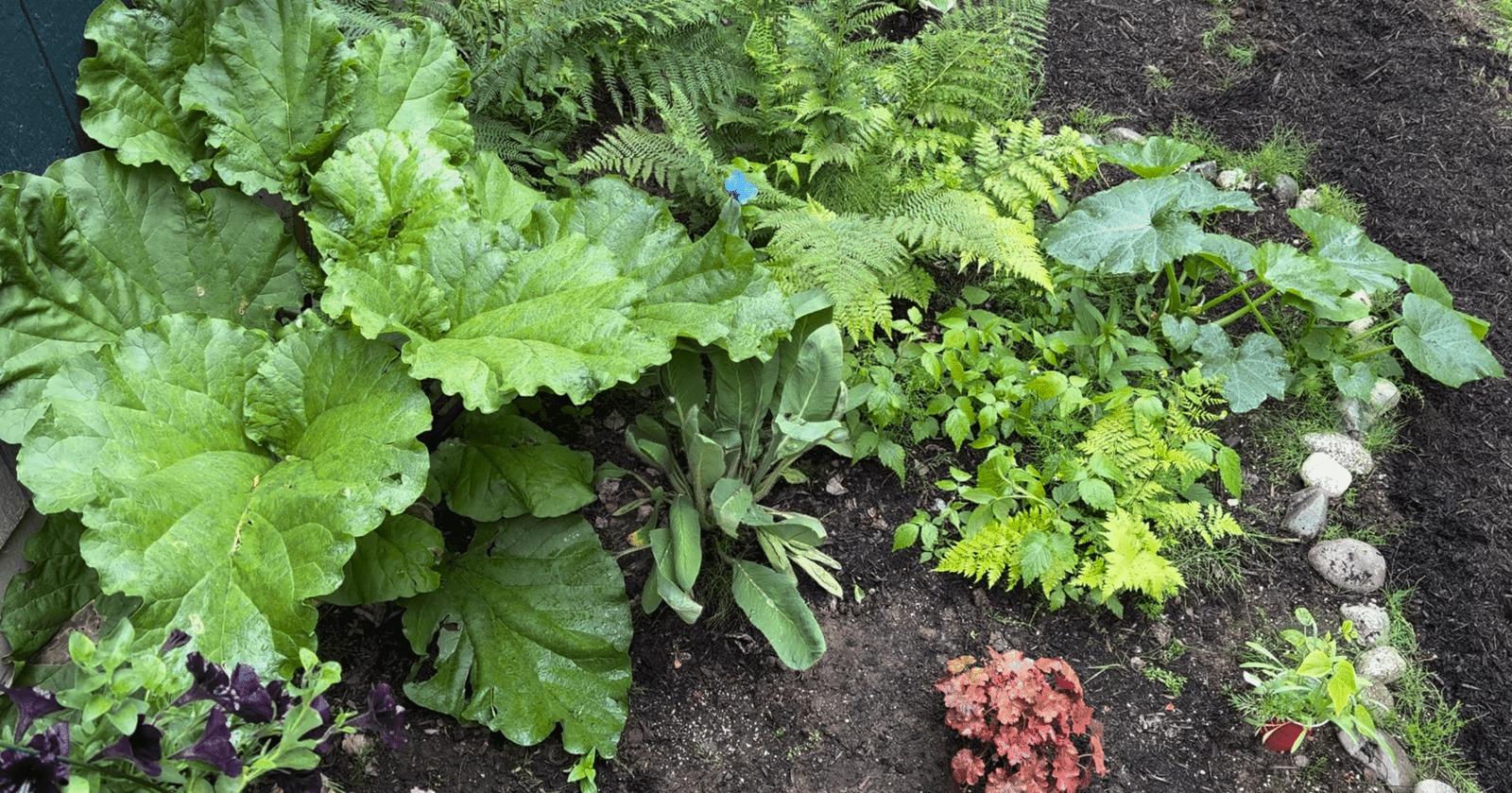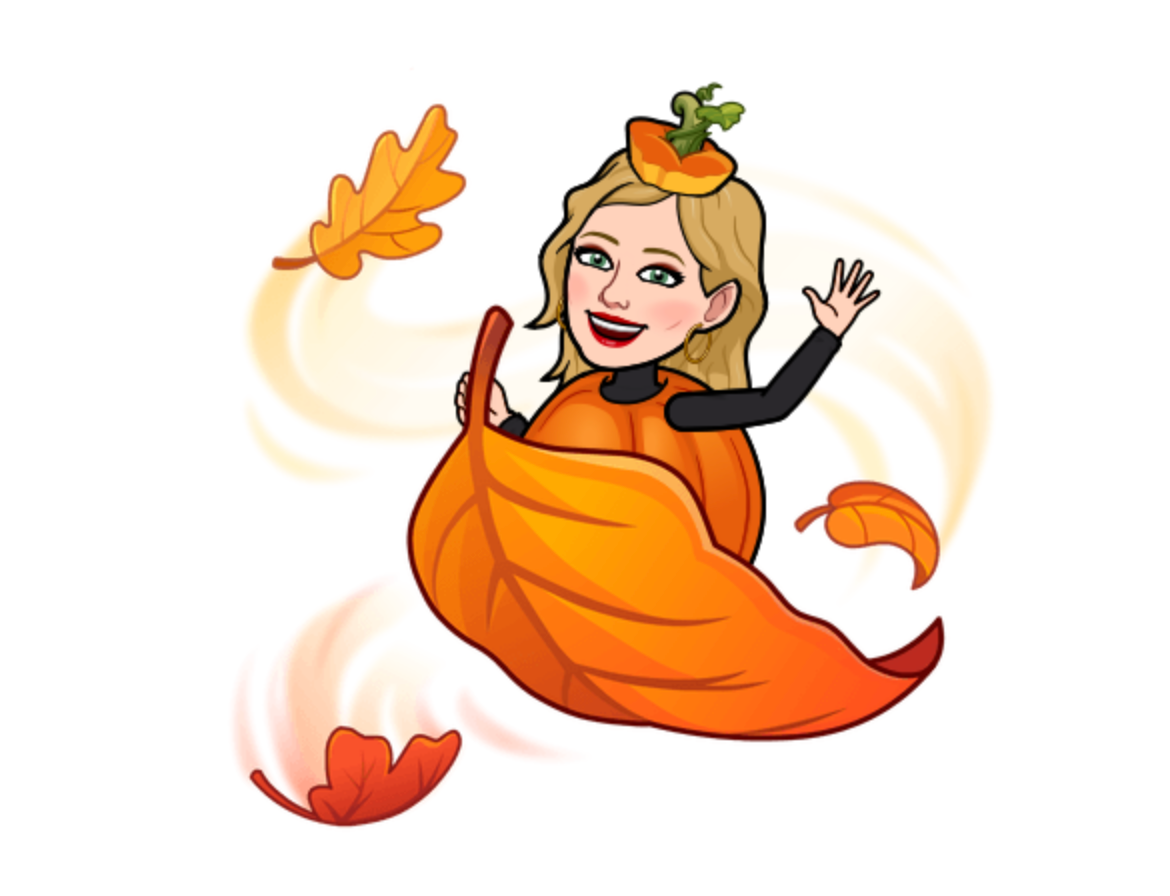A warm, practical checklist from Headline Living Magazine to help you tuck your garden in for winter and set yourself up for a brilliant spring
Autumn in Alaska is a season of hurry and hush. One day you are picking the last tomatoes and tying up tomato vines, the next the mountains are powdered and the garden has an icy rim. Because the timing of the first measurable snow varies a lot across the state, now is the time to finish the heavy lifting. Below is a friendly, region-aware guide to what to do in your yard and garden this week so you can relax and enjoy the last warm pockets of the year.
❄️ When will the first snow fly?
There is no single date for the whole state. Interior Alaska tends to see the first measurable snow earlier than coastal locations. Fairbanks historically sees its first measurable snow around late September to early October, with the first one-inch-plus snowfall often near early October. Anchorage typically averages its first measurable snow in mid October, around October 16. Southeast communities such as Juneau usually do not see their first measurable sea level snow until October or November. Use these averages as a rule of thumb and keep an eye on your local forecast for the exact timing. Alaska Coastal Rainforest Center+3Weather.gov+3The Weather Channel+3
‼️ The immediate priorities and the quick, high-impact tasks
- Remove crop residues and diseased plants. Pull up spent vegetable plants, tomato vines, and any plants showing disease or pest damage. Compost healthy residues and discard diseased material away from the garden. This reduces overwintering pests and diseases and is one of the most recommended fall chores for Alaska gardeners. University of Alaska Fairbanks
- Harvest what you can and finish root crops. Lift beets, carrots, rutabagas, and parsnips. If a hard freeze is coming soon, harvest tubers and root vegetables and store them in a cool, dark place or in slightly moist sand to keep them from shriveling. Anchorage Daily News
- Plant garlic and spring-blooming bulbs. Fall is the perfect time to plant garlic in most Alaska zones and to set bulbs that will reward you in spring. Planting now lets roots develop before soil freezes. Many Alaska gardeners recommend getting garlic in the ground in September or early October where conditions allow. Anchorage Daily News
- Mulch perennials and vulnerable beds. Apply a layer of mulch around perennials after the ground has cooled but before prolonged freezes. Mulch moderates soil temperature and prevents frost heaving. Mark perennial locations with stakes so you know what to expect next spring. University of Alaska Fairbanks
- Store or secure garden structures and tools. Take down portable trellises and supports, store hoses and tools in a dry place, and repair or refinish wooden stakes or frames while you still have time. This prevents winter damage and makes spring easier. University of Alaska Fairbanks
😎 Season extension if you are not quite ready to stop
If nights are dipping but you still have harvestable greens or late tomatoes, use season extension techniques. Low tunnels, cold frames, frost cloth, and hoop houses can push your harvest a few weeks later and protect tender crops from early frosts. These techniques are widely used by Alaska growers to stretch a short season. It Grows in Alaska
Soil and compost work that pays next year
- Turn and finish compost now if it is active. A turned, hot compost can mature over fall and be ready for spring.
- Test and amend soil. If you have a recent soil test, add recommended lime or amendments now so they have time to work in the soil.
- Add organic matter to beds where you will plant perennials or heavy-feeding crops next year. A light cover crop in larger beds is another option if you can seed it before heavy frost. University of Alaska Fairbanks+1
🌲Protecting ornamentals and trees
Wrap young or thin-barked trees if rabbits or voles are active in your area. Remove girdling vines and apply mulch in an even layer (not heaped against trunk bark). If you have container plants that are tender, bring them into a sheltered unheated garage or insulated spot before the first hard freeze.
⏰ A short, practical timeline for the next 2–6 weeks
- This week: Pull diseased plants, harvest what is ready, plant garlic and bulbs, start mulching perennials. University of Alaska Fairbanks+1
- Next 1–2 weeks: Lift root crops you plan to store, take down and store portable frames and hoses, top up mulch. University of Alaska Fairbanks
- By the time nights regularly hit the mid 20s Fahrenheit and the forecast shows measurable snow possible: finalize harvesting, move tender containers indoors, close cold frames and tunnels if needed. Use local forecast guidance because the first snow date varies widely by region. The Weather Channel+1
🧑🏼🌾 A few gardener-to-gardener tips
- Label and stake perennials before freeze up. When spring comes, you will be happy to know where everything is sleeping. University of Alaska Fairbanks
- Keep a small emergency kit of row cover and twine handy. If an unexpected frost or early snow is in the forecast, quick protection can save late crops. It Grows in Alaska
- Celebrate the season. Take photos of your garden now for next year’s planning and for sharing. The reds, golds, and lingering vegetables are worth savoring.
🧡💛🧡 Final note
Alaska is big and the fall timetable is different in Fairbanks, Anchorage, Juneau, and every place in between. Use the regional averages above as a guide, follow the short checklist, and check your local forecasts regularly as temperatures drop. For more detailed, region-specific fall to-do lists and planting dates, the University of Alaska Fairbanks Cooperative Extension Service has an excellent Alaska gardener fall checklist and seasonal advice.
Fall Gardening Checklist. Get Ready Before the Snow
| ✔︎ | Task | Notes / Deadline |
|---|---|---|
| ___ | Pull up spent vegetables, tomato vines, and diseased plants | Before the first hard freeze; remove diseased material from garden beds |
| ___ | Harvest root crops (carrots, parsnips, rutabagas, beets) | When soil is still workable; store properly |
| ___ | Plant garlic cloves & spring-flower bulbs | Mid-September to early October, depending on location |
| ___ | Mulch perennials & frost-sensitive beds | After the soil begins to cool, before snow & deep freeze |
| ___ | Secure or store garden tools, hoses, frames | Keep from winter damage; get ahead of wet conditions |
| ___ | Cover or protect lingering crops & tender containers | Row-covers, cold frames, bring indoors if needed |
| ___ | Turn compost & finish active compost piles | Start now to have age-ready compost by spring |
| ___ | Test soil & add amendments (lime, compost, etc.) | Sides, beds, planting zones; amendments need time to settle |
| ___ | Mark perennial locations with stakes or signs | Helps with spring planting & avoids accidental damage |
| ___ | Wrap young trees / protect bark from animals | Use tree guards, mulch; prevent vole / rabbit damage |
🧄 Sidebar: Planting Garlic in Alaska
Why Fall is the Best Time
Garlic needs cold to develop strong roots before winter sets in. The cold period also helps bulbs “vernalize,” which encourages big cloves and healthy plants next summer.
When to Plant
- In Interior Alaska (e.g. Fairbanks area), aim for mid- to late-September
- In Southcentral (Anchorage, Mat-Su), early to mid-October works if soil isn’t frozen
- In Southeast (Juneau and coastal regions), you may have into October or even early November in mild spots
How to Plant Garlic
- Pick firm, disease-free bulbs. Separate into cloves, leave the papery skin intact.
- Choose a site with full sun and well-drained soil. Garlic does poorly in soggy or compacted ground.
- Amend soil beforehand if needed (compost, sand, maybe some fertilizer depending on soil test).
- Plant cloves pointy end up, about 2-3 inches deep, spacing about 4-6 inches apart in a row. Rows spaced 10-12 inches apart or more.
- Apply a light mulch (straw, wood chips) once planted to help regulate soil temps and reduce frost heaving.
Winter-Care and Spring Expectation
- Mulch will keep the ground from freezing and thawing too much.
- In spring, green shoots should appear once temperatures are favorable. Remove mulch gradually to allow soil to warm.
- Scapes (if you have hardneck garlic) may appear; harvest or allow them to flower depending on your garlic type and preference.




